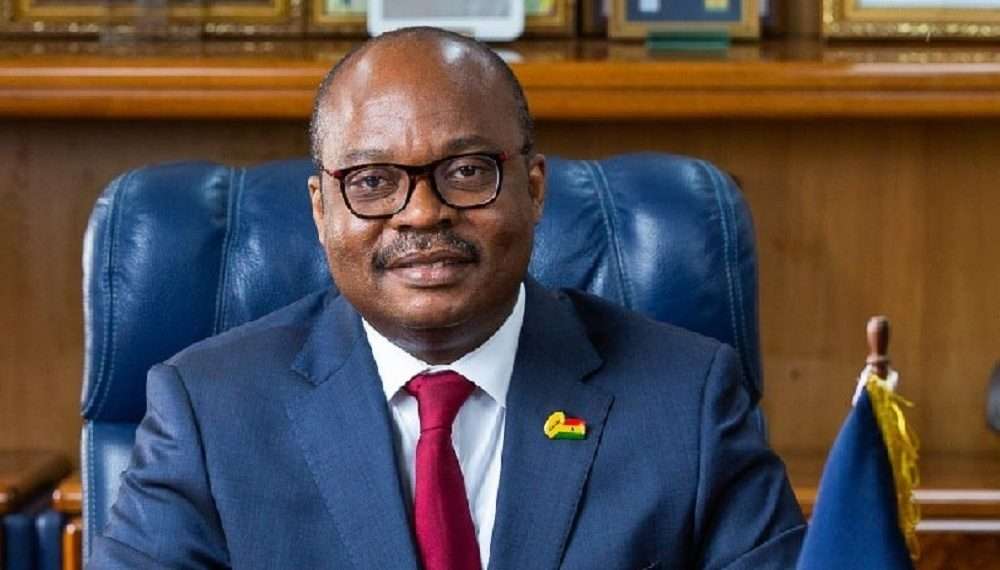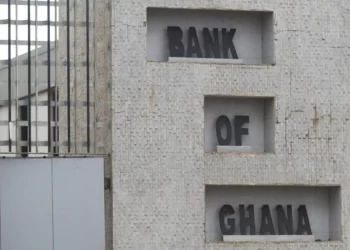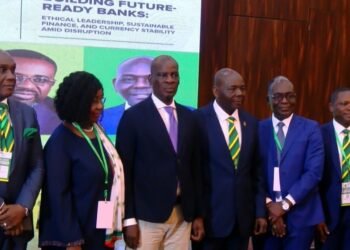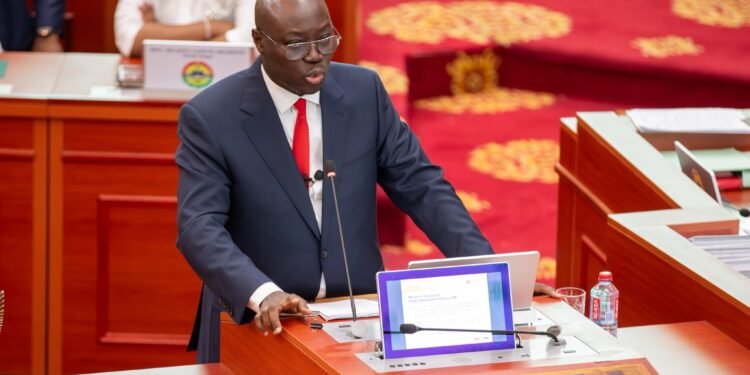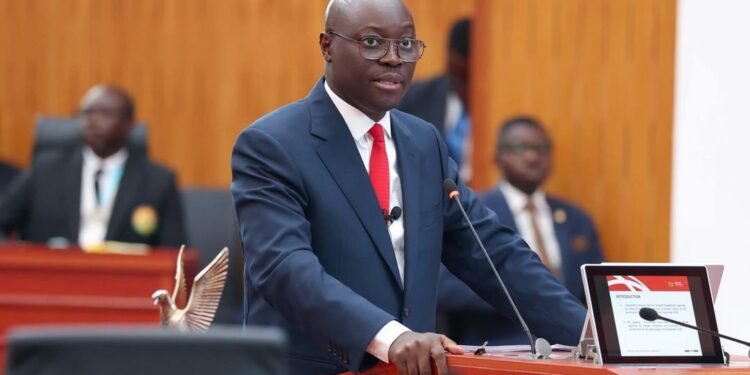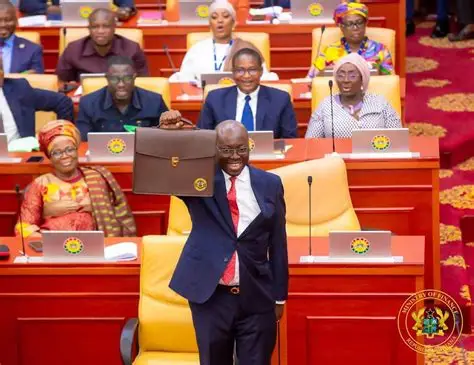The Governor of the Bank of Ghana (BOG), Dr. Ernest Addison, has revealed that the Bank will soon phase out the country’s two smaller currency notes, the GH¢1 and GH¢2 bills, as the Bank intends to encourage the use of coins for transactions in order to reduce the cost of printing.
Dr. Addison disclosed that the smaller bills, especially, the GH¢2 note, which has a portrait of Ghana’s first President, Osagyefo Dr. Kwame Nkrumah, is gradually becoming obsolete.
This, Dr. Addison made bare at the 102nd Monetary Policy Committee (MPC) meeting in Accra on Monday 27th September 2021.
The bank has subsequently stopped the printing of the GH¢2 note because it has outlived its commemorative commercial purpose for which it was introduced as a denomination into the country’s vault of currencies, the Governor disclosed.
“You would recall that this was a note that was issued as commemorative notes. So commemorative notes are not notes that you continue to print. And so, what we have done in the last two years is to introduce the GH¢2 Ghana coin.”
Dr. Ernest Addison

The GH¢2 Ghana coins, Dr. Addison disclosed, are in circulation, and one would expect that, eventually, they will play the role of the GH¢2 notes, as dominant GH¢2 legal tender.
The frequent use of the bills for day-to-day transactions has continued to deface the note. This, the Governor disclosed, has over the years compelled the Bank to incur extra cost to reprint and reintroduce the bills to aid transactions.
The Governor reiterated that, the GH¢1 and the GH¢2 notes will at the mercy of time exchange hands with the coin substitutes.
According to the International Monetary Fund (IMF), economies around the world “simply wish to enhance the attractiveness, usefulness, durability, and/or security of their currencies”.
Smaller bills usage
As indicated by the Bank, there are tons of GH¢1 bills which the bank has not been able to process due to several reasons. The Bank, Dr. Addison disclosed, will in the long run enact monetary measures to stop the Ghanaian consumer from using the GH¢1 and GH¢2 bills.
“Both the GH¢1 notes and the GH¢2 notes will eventually be phased out because they are not cost effective, in terms of the printing cost. They are notes that circulates very widely and they come back very torn and soiled, and that makes it difficult for our currency processing machines to process them”.
Dr. Ernest Addison
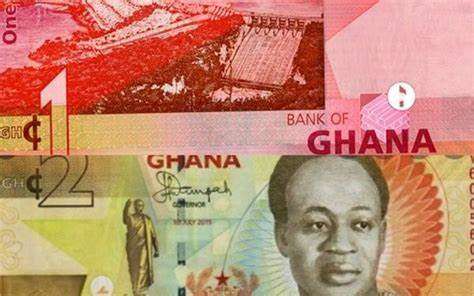
Former governor of the central bank, and the former Vice President of the Republic of Ghana, under the erstwhile John Mahama led NDC government, the late Paa Kwesi Bekoe Amissah Arthur, said at the inauguration of the GH¢2 note that it will help to complement the GH¢1 note for transactions.
The late Amissah Arthur disclosed that, the introduction of the note would ease the immense pressure on the GHc1.00 note, which would help to maintain the note’s quality.
Not only is the Bank of Ghana faced with the challenge with the cost associated with printing currencies, but Ghana’s neighbouring Central Bank of Nigeria has in the recent past raised concerns about using around US$245.5 million to print naira notes.
READ ALSO: Huawei lunches an all-inclusive financial payment initiative

